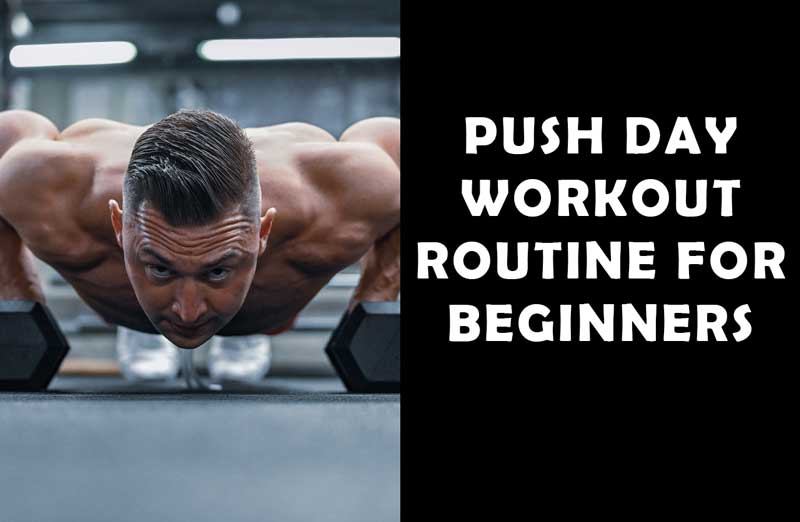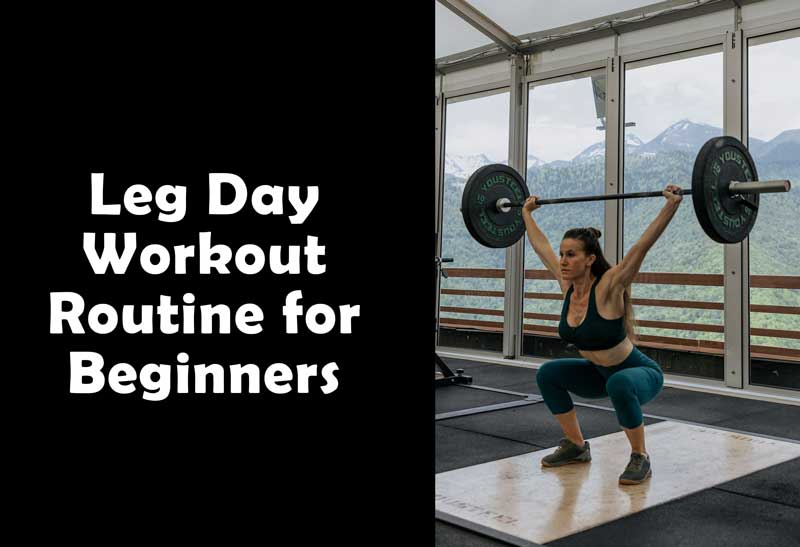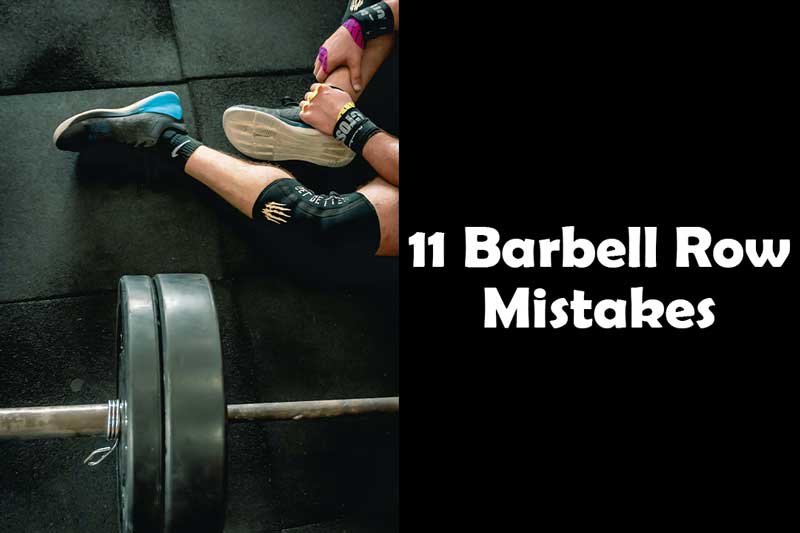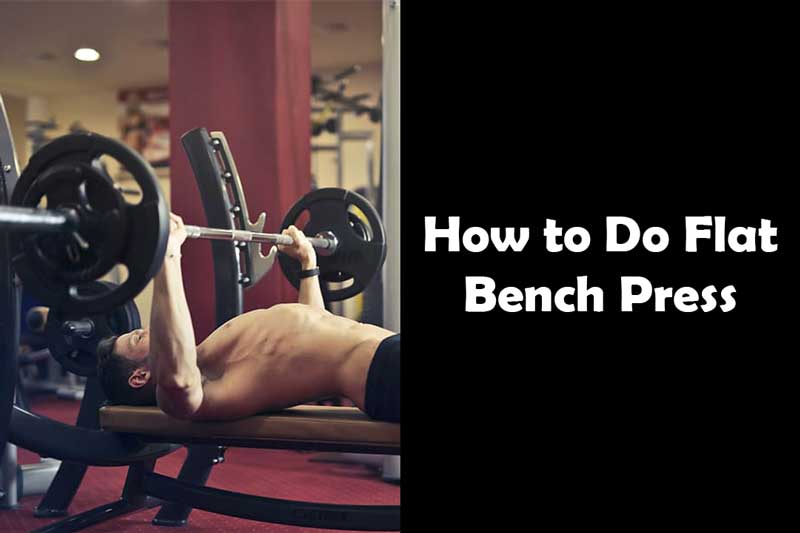Done with Push day? And now looking for Pull day? Or just wanna start with pull day? If you are a beginner and looking for a perfect pull day workout routine that is made for beginner, you have arrived at the right spot.
This article will help you as a beginner to have an amazing Pull day with the best combination of workouts.
In this article, we will guide you through the basics of a pull day workout routine and provide you with a comprehensive plan that includes essential exercises. So let’s get started!
Understanding Pull Exercises
Before diving into the specifics of a pull day workout routine, let’s first understand what pull exercises are and the benefits they offer.
Pull exercises primarily target the muscles in your back, biceps, and forearms. By incorporating pull exercises into your routine, you can improve your upper body strength, posture, and overall balance.
There are various types of pull exercises, including lat pulldowns, bent-over rows, pull-ups, seated cable rows, bicep curls and reverse curls. Each exercise focuses on different muscle groups, while ensuring a well-rounded workout that engages multiple areas of your upper body.
Preparing for the Pull Day Workout Routine as Beginner
As with any workout routine, it’s essential to prepare adequately for your pull day session, especially as a beginner. No matter if you are a beginner or advanced, these should be followed by everyone.
Start with a warm-up, which should consist of dynamic stretches that engage the muscles you’ll be targeting during the workout. This helps increase blood flow and reduces the risk of injury.
Remember to prioritize safety during your workouts. Maintain proper form and technique, and start with lighter weights or assistance if needed. If you have any pre-existing conditions or concerns, consult with a healthcare professional before beginning any exercise program.
Warm-Up Routine for Pull Day
Before diving into the intense part of your workout, it’s essential to warm up your muscles and prepare them for the upcoming exercises.
A proper warm-up routine can improve performance, prevent injuries, and enhance flexibility.
Here’s a suggested warm-ups for your pull day workouts:
- Arm Circles: Stand tall and extend your arms to the sides. Then, make small circular motions with your arms, gradually increasing the size of the circles.
- Shoulder Dislocations: Hold a resistance band or a broomstick with a wide grip. Then, raise the band overhead and slowly bring it down behind your back. Reverse the motion and bring it back to the starting position.
- Wrist Circles: Extend your arms in front of you, parallel to the floor. Make circular motions with your wrists, focusing on full range of motion.
- Cat-Cow Stretch: Position yourself on all fours. Arch your back upwards while tucking your chin towards your chest (cat pose). Then, drop your belly and lift your head towards the ceiling (cow pose).
Remember to perform each warm-up exercise in a controlled manner and gradually increase the intensity. Once you’re warmed up, you’re ready to tackle the main part of your pull day workout.
6 Pull Exercises Workout Routine for Beginner
1) Lat Pulldowns
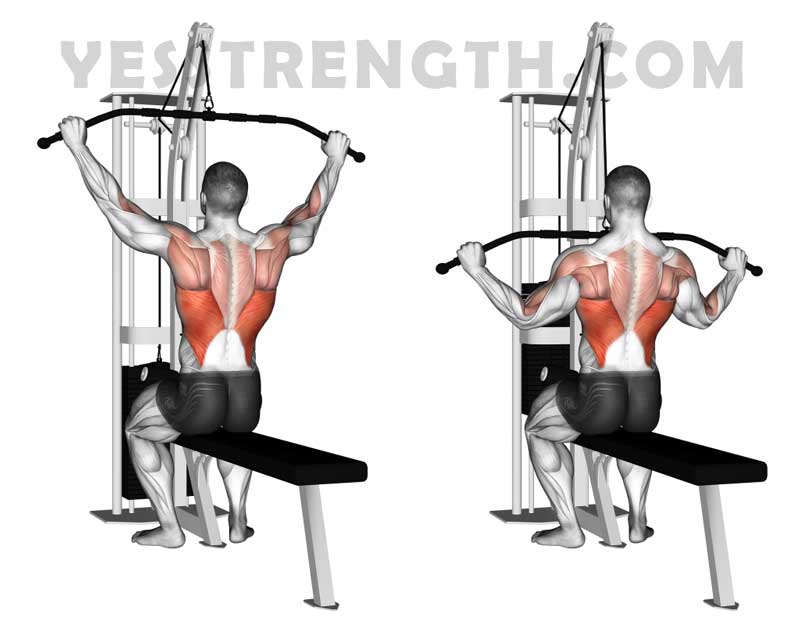
The lat pulldown is a fundamental exercise that targets the muscles in your upper back.
- Sit on the lat pulldown machine and adjust the thigh pads so they firmly hold your thighs in place.
- Grasp the bar with a wide grip, palms facing away from you.
- Sit upright with a slight lean back, keeping your chest up and your shoulders down.
- Pull the bar down towards your upper chest while focusing on squeezing your shoulder blades together.
- Pause for a moment at the bottom of the movement, then slowly return the bar to the starting position.
- Perform the desired number of repetitions, maintaining proper form throughout.
2) Bent-Over Rows
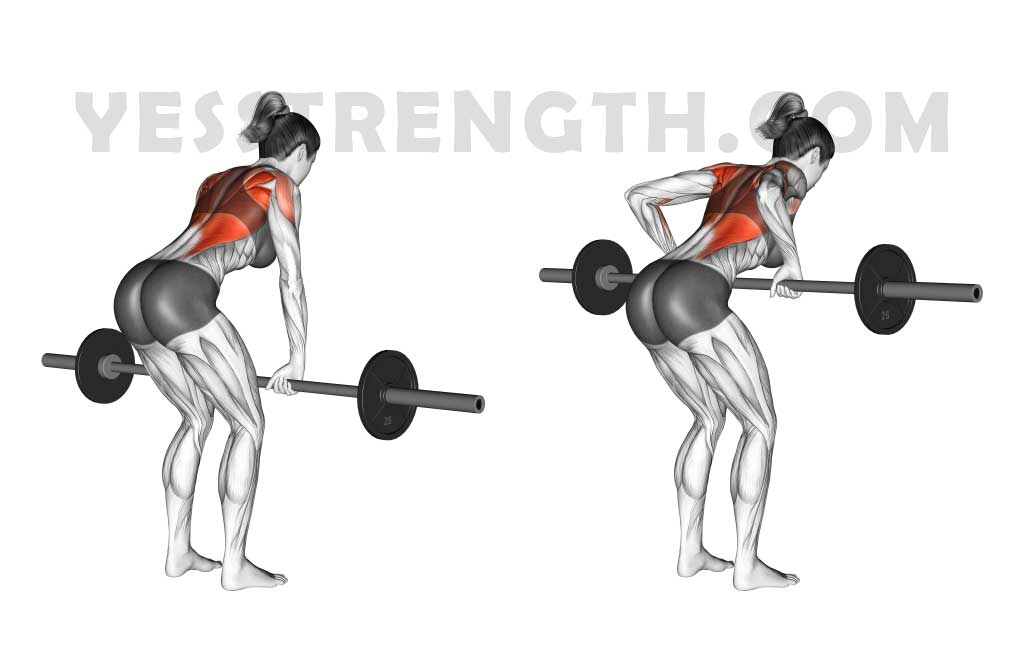
Bent-over rows are excellent for developing the muscles in your upper and middle back.
- Stand with your feet shoulder-width apart, knees slightly bent, and hold a barbell with an overhand grip, hands slightly wider than shoulder-width apart.
- Bend forward at your hips while keeping your back straight, maintaining a slight arch in your lower back.
- Let the barbell hang in front of you at arm’s length.
- Pull the barbell towards your abdomen by retracting your shoulder blades and driving your elbows back.
- Squeeze your back muscles at the top of the movement, then lower the barbell back to the starting position in a controlled manner.
- Repeat for the desired number of reps, maintaining proper form and control throughout.
3) Pull-Ups or Assisted Pull-Ups
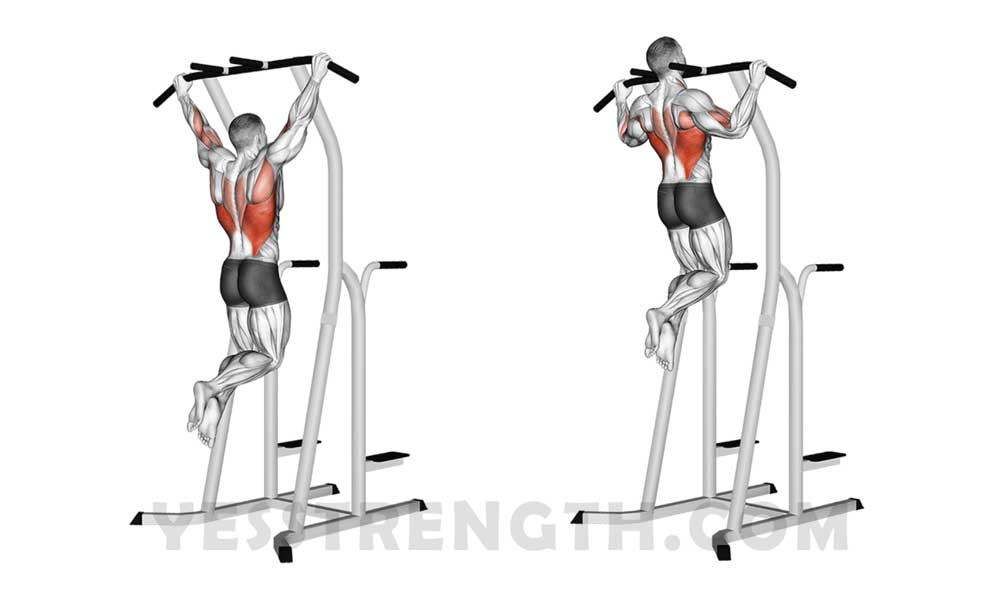
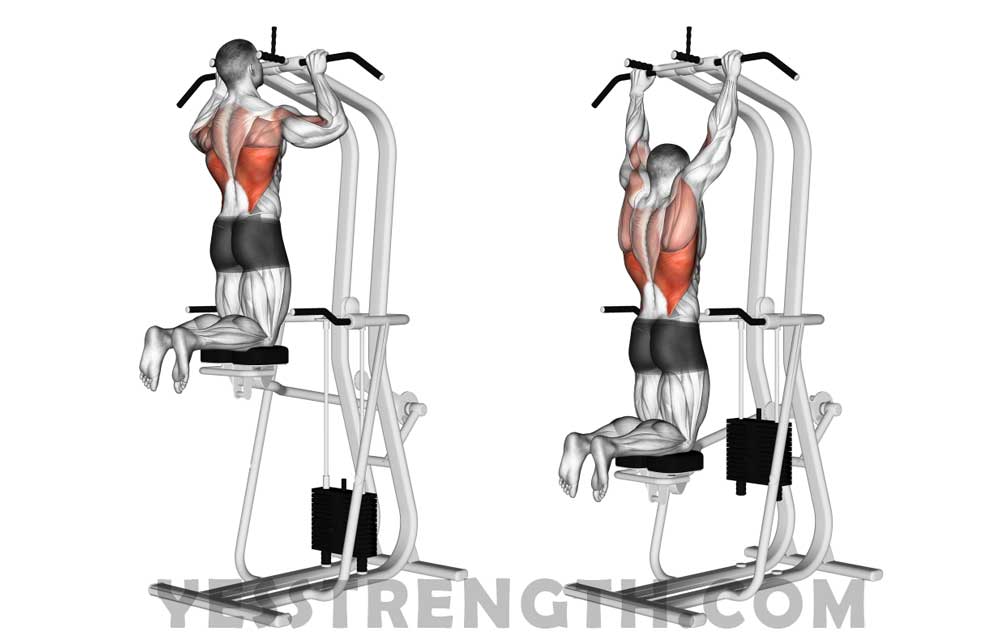
Pull-ups are a challenging exercise that targets multiple muscles in your upper body. If you can’t perform a full pull-up yet, you can start with assisted pull-ups using a resistance band or an assisted pull-up machine.
- Stand facing a pull-up bar with your hands slightly wider than shoulder-width apart, palms facing away from you.
- Jump up or use a step to grab the bar and hang with your arms fully extended.
- Engage your core and start pulling yourself up by driving your elbows down and back.
- Continue pulling until your chin reaches or clears the bar, keeping your chest up and shoulders down.
- Slowly lower yourself back to the starting position with control.
- If doing assisted pull-ups, use a resistance band or an assisted pull-up machine to provide assistance as needed.
- Repeat for the desired number of repetitions, maintaining proper form and control throughout.
4) Seated Cable Rows
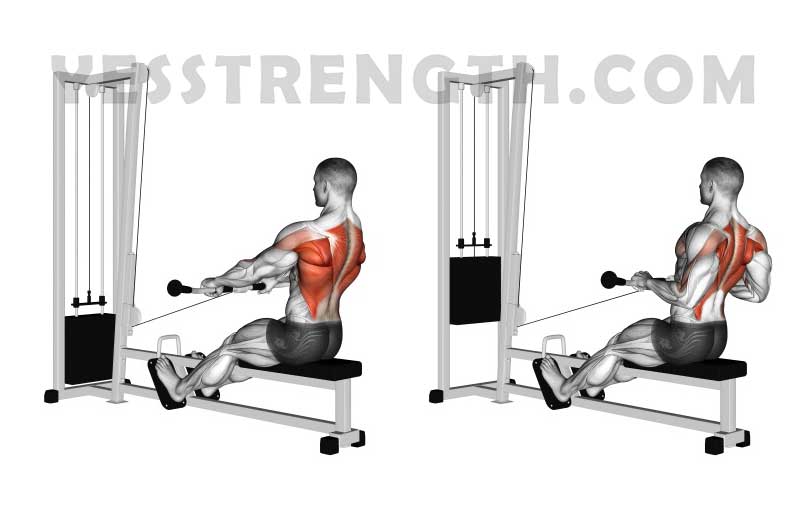
Seated cable rows are effective for developing the muscles in your upper back, arms, and shoulders.
- Sit on the seated cable row machine with your feet on the footplates, knees slightly bent, and grasp the handles with an overhand grip.
- Keep your back straight, shoulders down, and chest up.
- Begin the movement by driving your elbows back while squeezing your shoulder blades together.
- Pull the handles towards your abdomen until your torso is upright and your hands are just below your chest.
- Pause for a moment, then slowly extend your arms forward to return to the starting position.
- Repeat for the desired number of reps, maintaining proper form and control throughout.
5) Bicep Curls
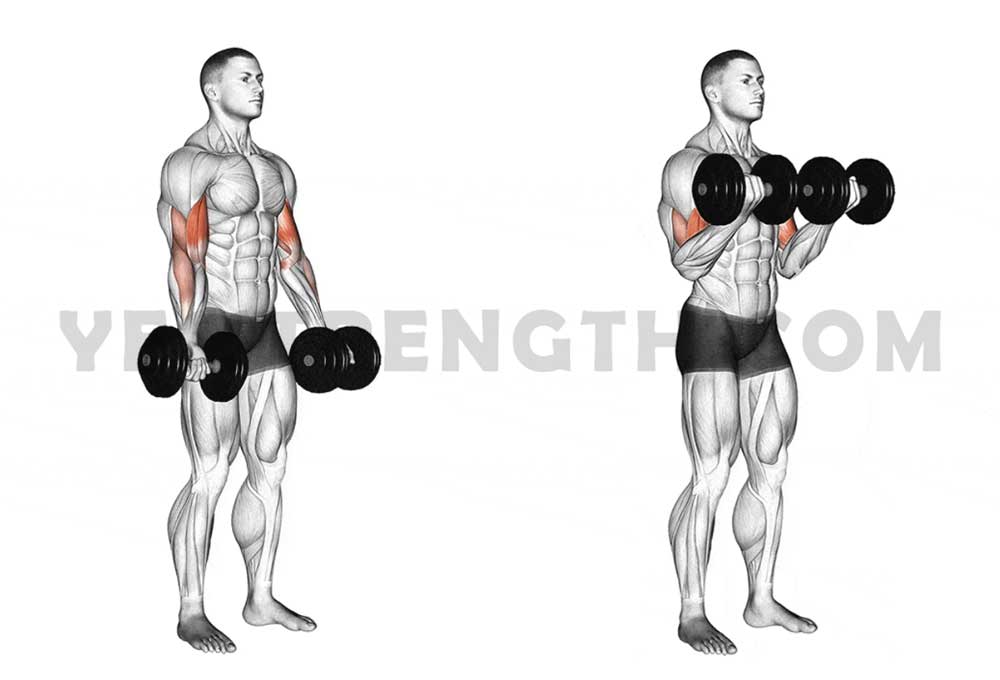
Bicep curls target the muscles in your biceps and forearms.
- Stand tall with a dumbbell in each hand, palms facing forward, and arms fully extended by your sides.
- Keep your elbows close to your torso, engage your core, and avoid swinging your body.
- Curl one dumbbell upwards while keeping your upper arms stationary, exhaling as you lift.
- Continue the movement until your biceps are fully contracted and the dumbbell is at shoulder level.
- Squeeze your biceps at the top of the movement, then slowly lower the dumbbell back to the starting position.
- Repeat with the other arm and alternate between arms for the desired number of reps, maintaining proper form and control throughout.
6) Reverse Curls
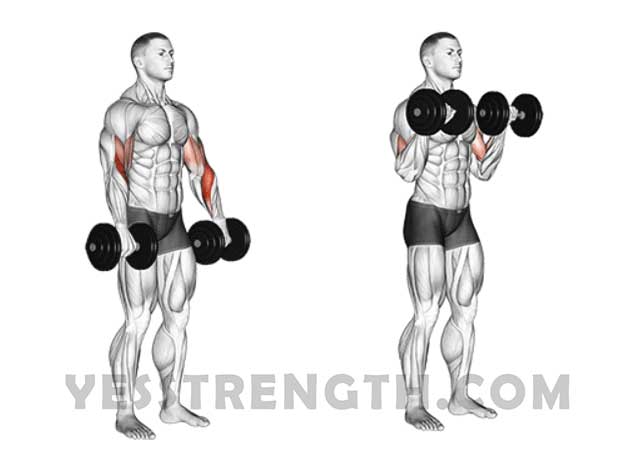
Reverse curls target the muscles in your biceps and forearms. Primarily, it is a good forearm exercise.
- Stand tall with a barbell in front of you, feet shoulder-width apart, and palms facing down (pronated grip). Your hands should be slightly narrower than shoulder-width apart.
- Bend your knees slightly, engage your core, and keep your back straight throughout the exercise.
- Grasp the barbell with the pronated grip, allowing your arms to fully extend in front of you.
- Keeping your upper arms stationary, then exhale and curl the barbell towards your shoulders by flexing your elbows. Focus on contracting your biceps.
- As you curl the barbell upwards, make sure to maintain a steady and controlled motion. Avoid using momentum or swinging your body.
- Once the barbell reaches shoulder level, pause for a moment and squeeze your biceps.
- Then, inhale and slowly lower the barbell back to the starting position in a controlled manner, fully extending your arms.
- Repeat for the desired number of repetitions, maintaining proper form and control throughout.
Structuring the Pull Day Workout Routine as a Beginner
When structuring your pull day workout routine, it’s crucial to determine the appropriate number of sets and repetitions for each exercise. As a beginner, start with 2-3 sets of 8-12 repetitions for each exercise. You can then gradually increase the intensity by adding more sets or repetitions as you progress.
Remember to take adequate rest periods between sets to allow your muscles to recover. Aim for 1-2 minutes of rest between sets, but listen to your body and adjust accordingly. Proper rest ensures that you can perform each exercise with the correct form and maintain optimal strength throughout the workout.
Also, don’t over rest, this will make you cool down and can hinder your routine.
Tips for Proper Form and Technique
To maximize the effectiveness of your pull day workout routine, pay attention to the following tips:
- Engage the target muscles: Focus on contracting the specific muscles being targeted in each exercise. This ensures that you’re activating the correct muscles and gaining the most benefit from your workout.
- Maintain proper posture: Keep your back straight and shoulders pulled back during each exercise. Avoid rounding your shoulders or arching your back, as this can lead to poor form and potential injury.
- Breathe correctly: Inhale before you start the pulling motion, and exhale as you release or lower the weight. Proper breathing technique helps stabilize your core and enhances your overall performance.
Sample Pull Day Workout Routine for Beginner
Now that you have a solid understanding of the essential pull exercises and how to perform them correctly, here’s a sample pull day workout routine to kickstart your fitness journey:
- Warm-up: Dynamic Stretches
- Arm circles – 10 Reps Clockwise & 10 Anticlockwise
- Shoulder Dislocations – 20 Reps
- Cat-cow stretch – 20 Reps
- Wrist rotations – 10 Reps Clockwise & 10 Anticlockwise
- Exercise 1: Lat Pulldowns
- 3 sets of 10-12 repetitions
- Focus on engaging your back muscles and maintaining proper form throughout.
- Exercise 2: Bent-Over Rows
- 3 sets of 8-10 repetitions
- Use a barbell or dumbbells to perform the exercise.
- Concentrate on squeezing your back muscles at the top of the movement.
- Exercise 3: Pull-Ups or Assisted Pull-Ups
- 3 sets of 6-8 repetitions (or as many as you can comfortably perform)
- If doing assisted pull-ups, choose an appropriate resistance band or use an assisted pull-up machine.
- Aim to increase the number of repetitions or decrease the assistance over time.
- Exercise 4: Seated Cable Rows
- 3 sets of 10-12 repetitions
- Maintain an upright posture throughout the movement and focus on squeezing your back muscles.
- Exercise 5: Bicep Curls
- 3 sets of 10-12 repetitions
- Use dumbbells or a barbell to perform the curls.
- Keep your elbows stationary and concentrate on contracting your biceps.
- Exercise 6: Reverse Curls
- 3 sets of 10-12 repetitions
- Use dumbbells or a barbell to perform the curls. EZ is best as a beginner.
- Keep your elbows stationary and concentrate on engaging your forearms and contracting your biceps.
- Cool-down: Stretching
- Perform static stretches for your back, biceps, and forearms.
- Hold each stretch for 15-30 seconds to promote flexibility and recovery.
Progression & Modifications of Workout Routine as a Beginner
As you become more comfortable with your pull day workout routine, it’s essential to continue challenging yourself to progress.
You can also increase the intensity of your exercises by adding more weight, increasing repetitions, or incorporating more challenging variations of the exercises.
Additionally, modify the workout routine based on your fitness level. If you’re a beginner, start with lighter weights and focus on mastering proper form and technique.
As you gain strength and confidence, gradually increase the weight and adjust the workout to suit your goals.
Benefits and Importance of the Pull Day Workout Routine
Although, any workout has its own unique benefits, here are some benefits of incorporating Pull day into your routine:
1. Increased Upper Body Strength and Muscle Development
Pull exercises, such as deadlifts, pull-ups, and rows, engage multiple muscle groups simultaneously. This stimulates muscle growth and strengthens your back, biceps, and forearms. As a result, you’ll develop a strong and powerful upper body.
2. Balanced Muscle Growth and Posture Improvement
Many people focus too much on push exercises, which can lead to muscular imbalances and poor posture. Pull day workouts help counteract this by strengthening the muscles responsible for pulling movements. By improving your posture, you’ll not only look better but also reduce the risk of injuries and discomfort.
3. Enhanced Grip Strength and Forearm Development
Grip strength plays a crucial role in various activities, such as weightlifting, sports, and everyday tasks. Pull day workouts, especially exercises like deadlifts and rows, challenge your grip strength and forearm muscles, helping you develop a vice-like grip and forearm strength.
Conclusion
A pull day workout routine is an essential component of a well-rounded fitness program, especially for beginners. By incorporating five essential pull exercises into your routine and following a structured workout plan, you can enhance your upper body strength, improve muscle definition, and promote better posture and balance.
Remember to always prioritize proper form and technique, gradually progress your workouts, and listen to your body. Consistency and dedication are key to achieving your fitness goals. So get started, stay motivated, and enjoy the benefits of a well-planned pull day workout routine!
FAQs
1. Can I do pull exercises every day?
It’s generally recommended to have rest days between workout sessions to allow your muscles to recover and repair. Also it is equally important to do Push workouts and Leg workouts as well in between. Aim for 1-2 pull day sessions per week, alternating them with other types of workouts or rest days.
2. Is it necessary to use weights for pull exercises?
Weights provide resistance and help stimulate muscle growth. However, if you’re a beginner or don’t have access to weights, you can start with bodyweight exercises like pull-ups or modified variations. As you progress, consider incorporating weights for added resistance.
3. What if I can’t do a full pull-up?
If you’re unable to perform a full pull-up initially, don’t worry. You can begin with assisted pull-ups using a resistance band or an assisted pull-up machine. Gradually decrease the assistance or switch to unassisted pull-ups as your strength improves.
4. How long should a pull day workout last?
The duration of your pull day workout depends on various factors, including the number of exercises, sets, and repetitions. On average, a pull day workout routine can last anywhere between 45 minutes to 1 hour, including warm-up and cool-down periods.
5. Can women benefit from pull day workouts?
Absolutely! Pull day workouts are beneficial for individuals of all genders. They help improve overall strength, posture, and muscle tone. Tailor the intensity and weights used based on your fitness level and goals.


